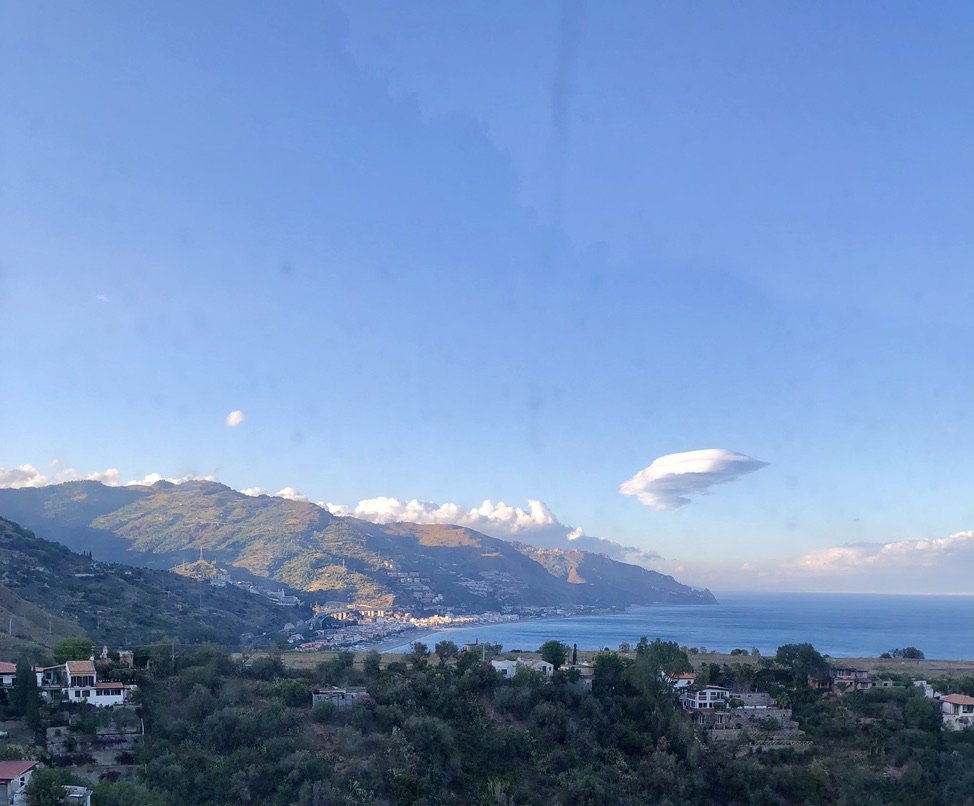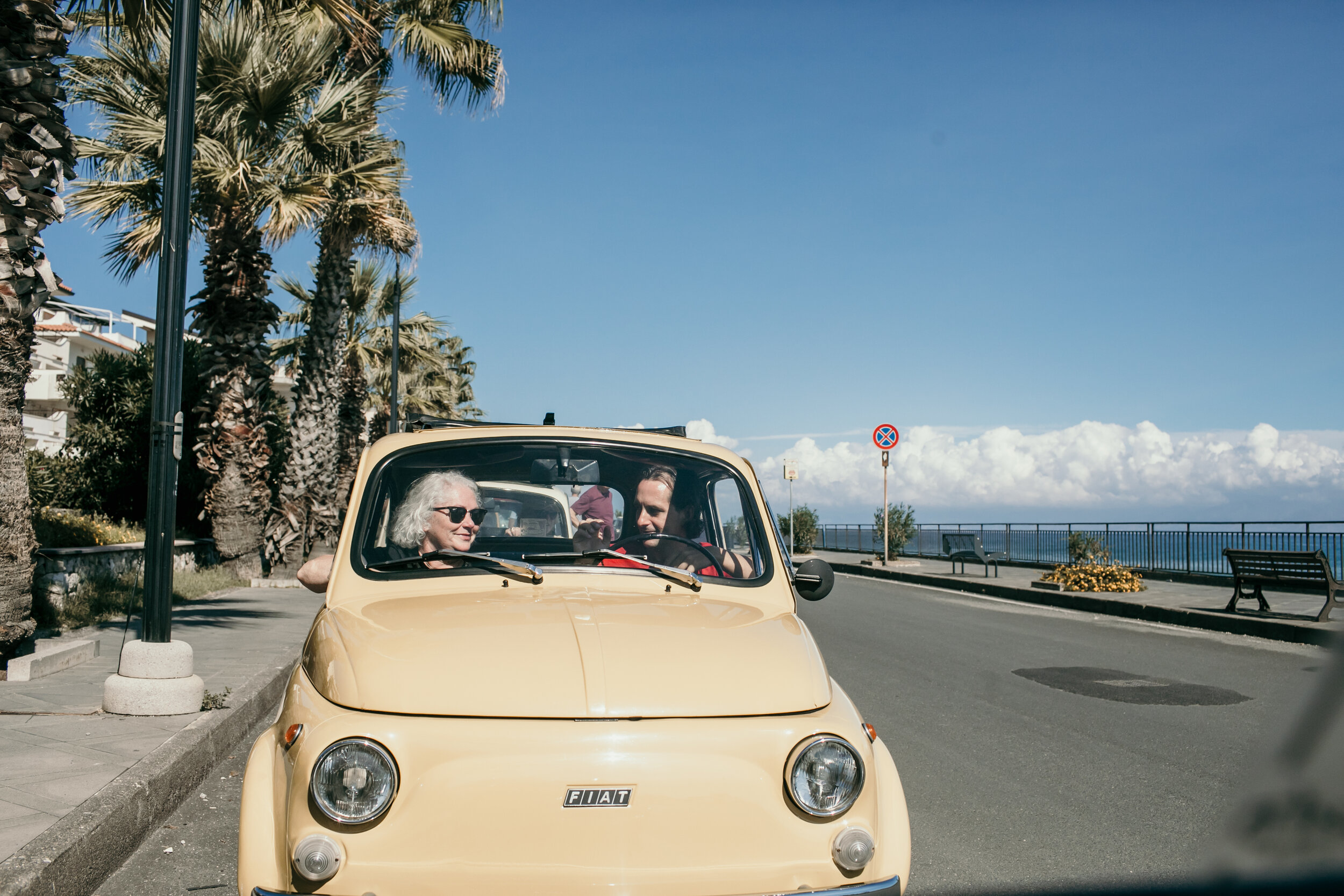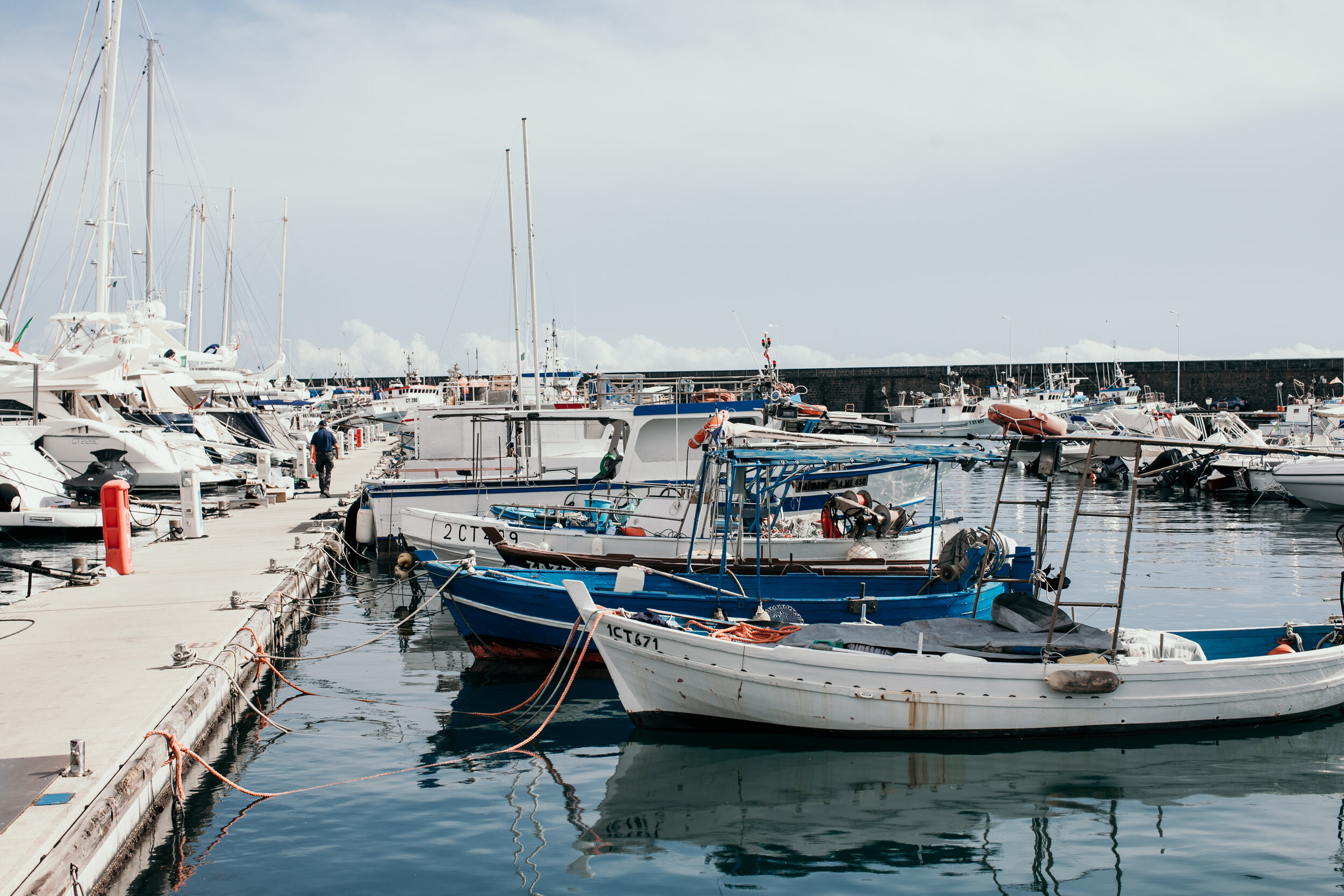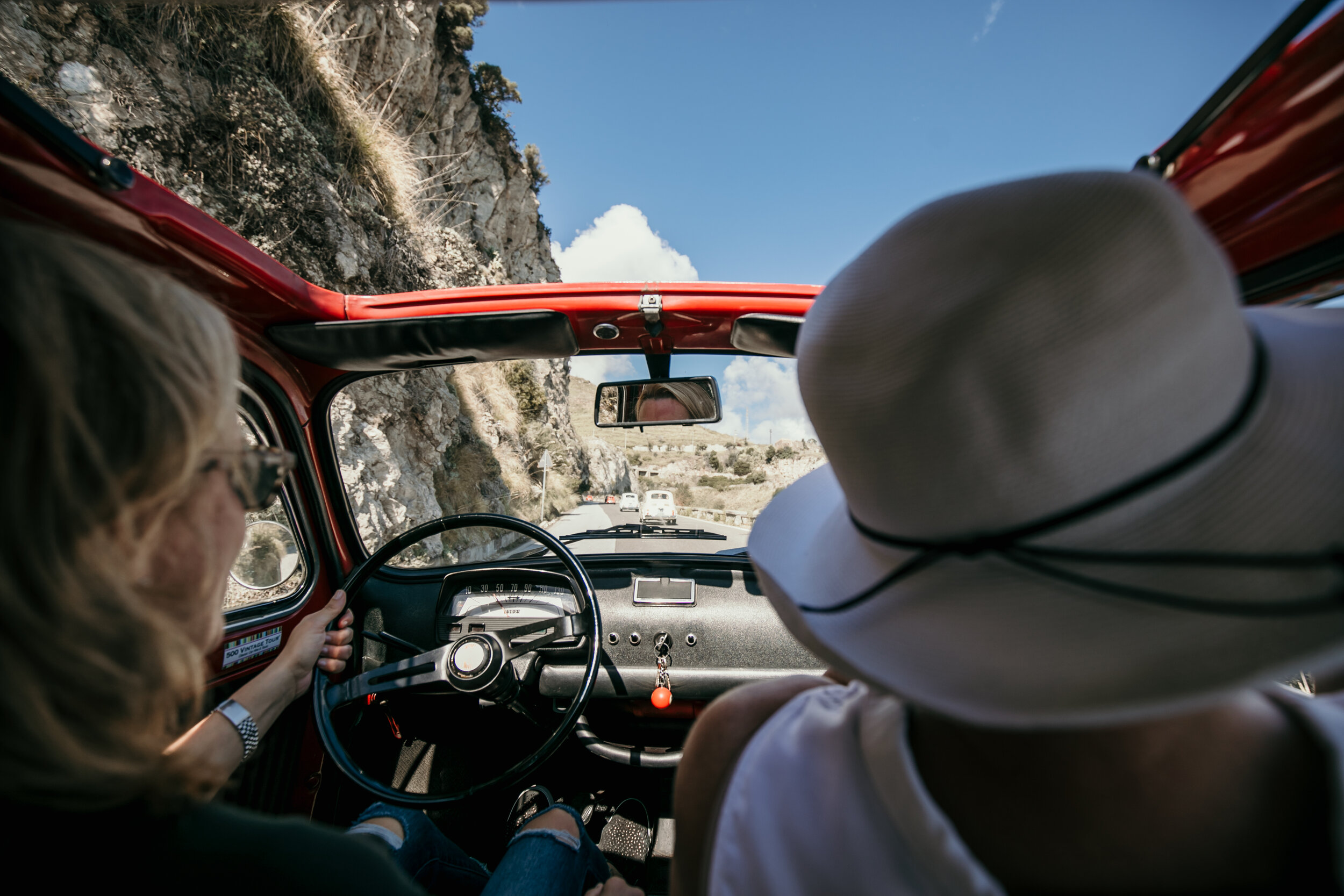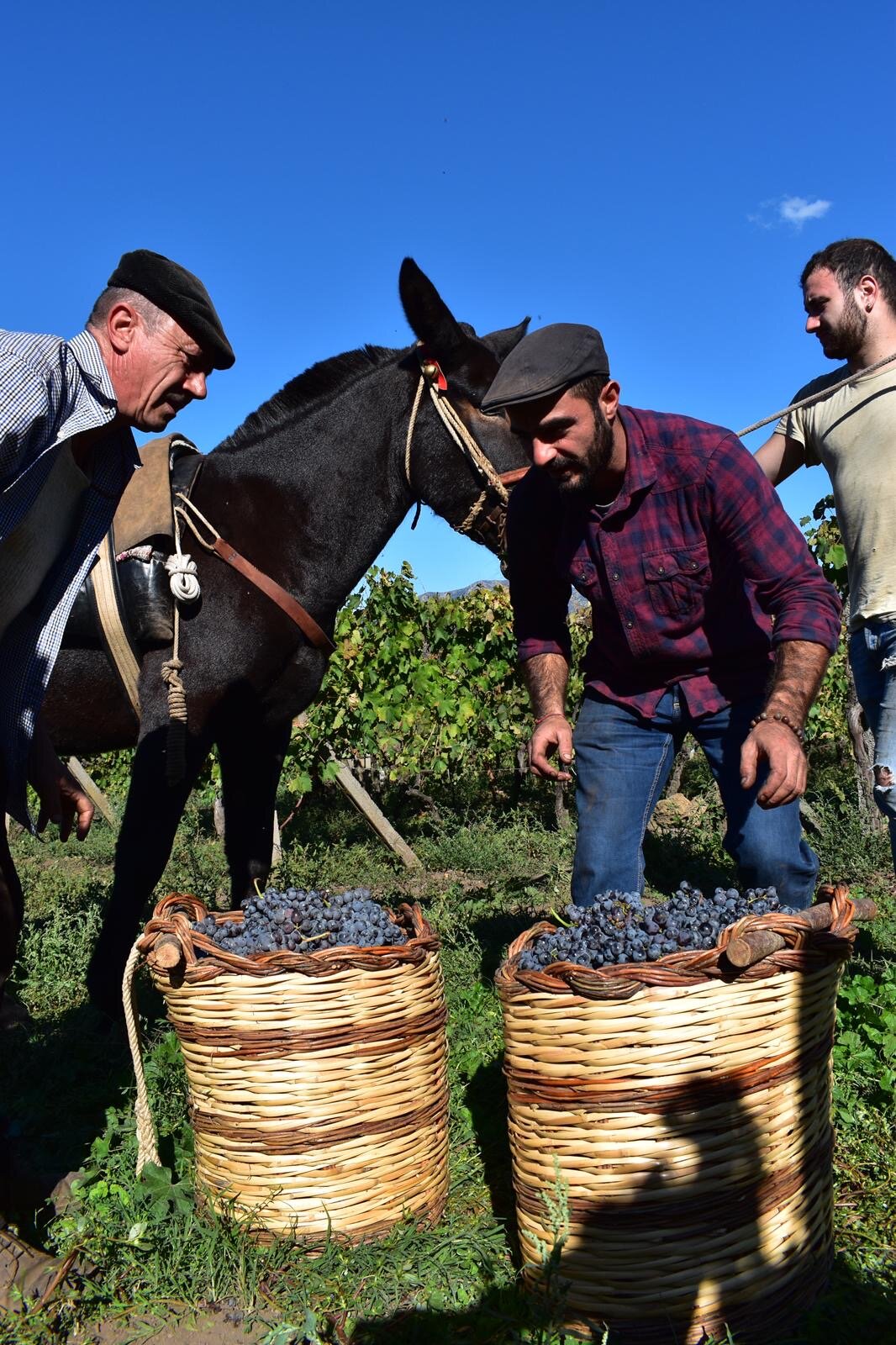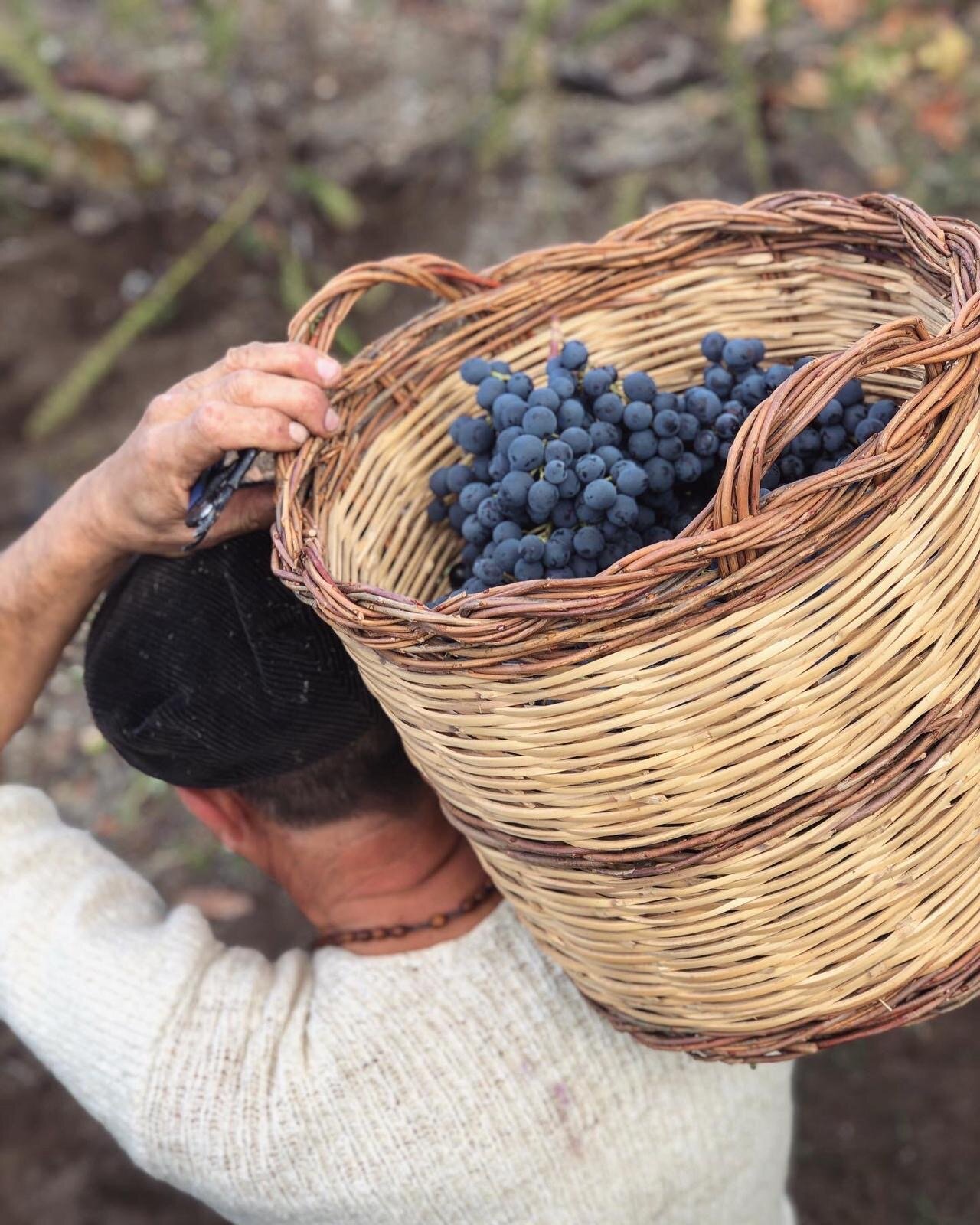MOUNT ETNA WINES
/by: Alexa
We are in Sicily, on the slopes of Mount Etna wine region, land of fire and water. Magma is flowing under the ground. You are taking a walk surrounded by green vineyards, in the air you can smell the scent of the land and sea. Behind you the blue sea, in front of you the legendary volcano: Mount Etna.
Here you can taste the two volcanic mount etna wines: Etna Bianco DOC and Etna Rosso DOC.
But before let’s dig into some context.
Mount Etna is located in eastern Sicily, in the province of Catania. Today talking about Mount Etna wine denomination means referring to a precise portion of the volcano slopes. It’s a semicircle that goes from the village of Randazzo to the village of Adrano. In total, there are 20 villages.
A very old mount etna wine map
Vines are especially grown from 300 meters to 900 meters above sea level and often the altitude can also reach up to 1200 meters. The territory is divided into 133 Contrade (mga) and only inside them is possible to produce the Etna DOC wines. People from here love to say that this wine region is like “an island inside an island”, because of the unique territory and climate that only here is found.
More specifically, there are three macro zones in terms of climate and soil compositions. But in general, the temperatures and rains are highly influenced by the volcano activity and the sea. During fall and winter, there are lots of rainy days and the temperatures could go low and the vines could get frost. In summer it’s not as hot as the rest of Sicily and there it is the dry season. The wines benefit from the strong temperature fluctuations between day and night and from the soil composition. This is sandier, with volcanic ashes and therefore more fertile in the north and south; rockier and harder to work in the east.
It’s not easy to create a vineyard here. In the past, the workers had to use explosives and then pickaxes to dig in the rocky lava soil. With these tools, they took out the stones that were used to build dry stone walls and the terracing in which they planted the vineyards. Luckily for them, after all the hard work there was a big party, with music, dances and food. The tradition still survives today in many wineries.
Today it’s possible to see terracing vineyards, with traditional bush-trained vines being the oldest form of training, today many wineries with new plantings are using Gyot and Cordon-trained vineyards.
Interestingly, wine production has its roots in really ancient times. Thanks to the morphological features of the area, viticulture has been practiced since before Greek colonization. With the arrival of the Greeks the viticulture was increased and improved and even more under Roman control, which introduced specific structures for the vinification and preservation of the wine. Sicily became the first wine producer of the Roman empire.
Unfortunately, from the Middle Ages wine production had ups and downs and ultimately slowed down dramatically during the Modern Era due to the more and more common substitution of vineyards with other more profitable agricultural products.
Finally, in the 1990s the area “arose from its ashes”, thanks to public and private owners that began to buy the remaining vineyards alongside newly introduced ones.
mount etna wine grape harvest : ph. COURTESY of monteleone
Now that we have spoken about the context of Mount Etna, now let's talk about these two wines.
Etna Rosso DOC, or red wine from Etna Mountain, is made with two types of grapes: at least 80% Nerello Mascalese and no more than 20% Nerello Cappuccio.
A little bit about the red varietals, Nerello Mascalese is a black indigenous grape varietal of Etna volcano. It has a thin skin and a light red color. It gives the wine elegance, red fruits and spices notes. It’s characterized by high acidity and medium tannins. Nerello Cappuccio, is another black grape variety, with a small bunch and black-blue berries. The name Cappuccio (hat) is given to this varietal as the leaves themselves are quite large covering the grape bunches like a large hat. It gives red ruby wines with intense fruity notes and tannins.
The climate, the soil composition and the Nerello vines' old age - some more than one hundred years old - give the Etna Rosso wines a great minerality and elegance.
The color is dark ruby, with some purple nuances, and with aging tends to be more garnety.
In the nose you can feel notes of red fruits, such as raspberries and wild strawberries, but also a fine touch of flowers, such as violets and geraniums. Afterwards, you sense a hint of oriental spices, such as cinnamon and stronger notes of minerality and graphite.
In the mouth, the same notes are mixed with the natural tannins given by the Nerello grapes. These are more nervous in the younger wines, but with aging, they become more elegant and velvetier. You can also feel a nice acidity that gives a more balanced wine. In the final, you’ll feel the minerality that comes from the rocky volcanic soil of the vineyards.
Talking about food pairing, Etna Rosso DOC is perfect for a fresh handmade pasta dish with ragù or mushrooms. You can even try it with a main meat course, such as a roast or a steak cooked with green pepper.
It’s also a perfect pairing for the typical Sicilian cuisine. You don’t want to miss this wine with a local caponata, fried chopped eggplants with other vegetables cooked in tomato sauce, or braciole alla messinese, a beef roll dish with provolone cheese and breadcrumbs from Messina.
CATARRATTO grapes
nerello mascalese grapes
Etna Bianco DOC, or white wine from Etna Mountain, is becoming more and more popular by conessurs as the complexity and longevity of these wines are proving to be more intersting than the reds. It’s created by a blend of 60% Carricante grapes and not more than 40% Catarratto grapes.
Talking about the grapes, Carricante, native from Sicily, is a white grape variety that usually gives abundant harvests, it was the grape that would load up quickly the baskets carried by donkeys. The wines from this grape are straw yellow, dry and fresh, with flowery notes and high acidity. Catarratto, it’s a white grape varietal know for its rich complexity and longevity that produce straw yellow wines, with sapidity and flowery notes.
The color is light straw yellow with golden reflections.
In the nose, you have strong flowery notes, such as orange blossom and broom, or honey and jasmine, followed by tropical fruits, citrus notes, apricots and peaches.
In the mouth, the same notes are followed by a sensation of sapidity which ends with a persistent freshness. You can also feel the minerality of the volcanic soil and perceive the elegance of this wine.
Because it is so mineral and fresh, the perfect food pairing is with fish and shellfish. A typical Sicilian dish to pair would be Sarde Beccafico But also with white meat, you must try it with curry chicken, but also orange duck, seasoned cheese and pistachio salmon.
If you would like to dive deeper into the Mount Etna wine region, please see another blog post here.


